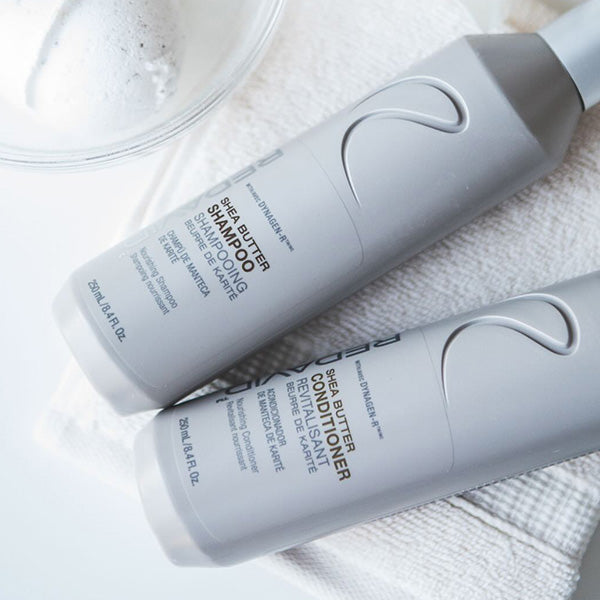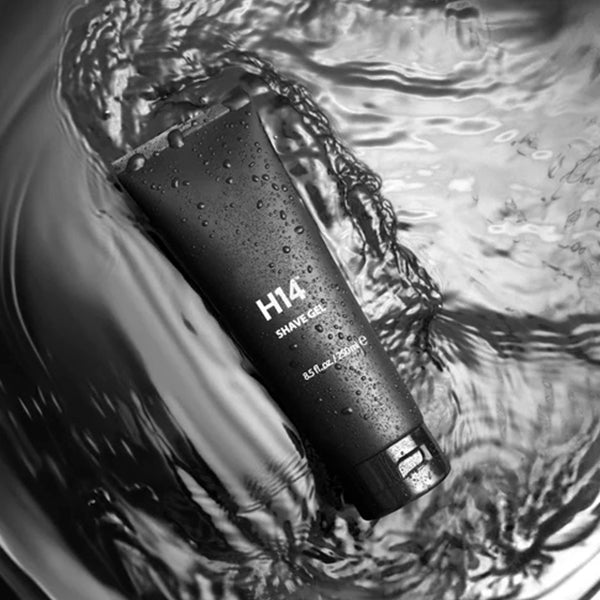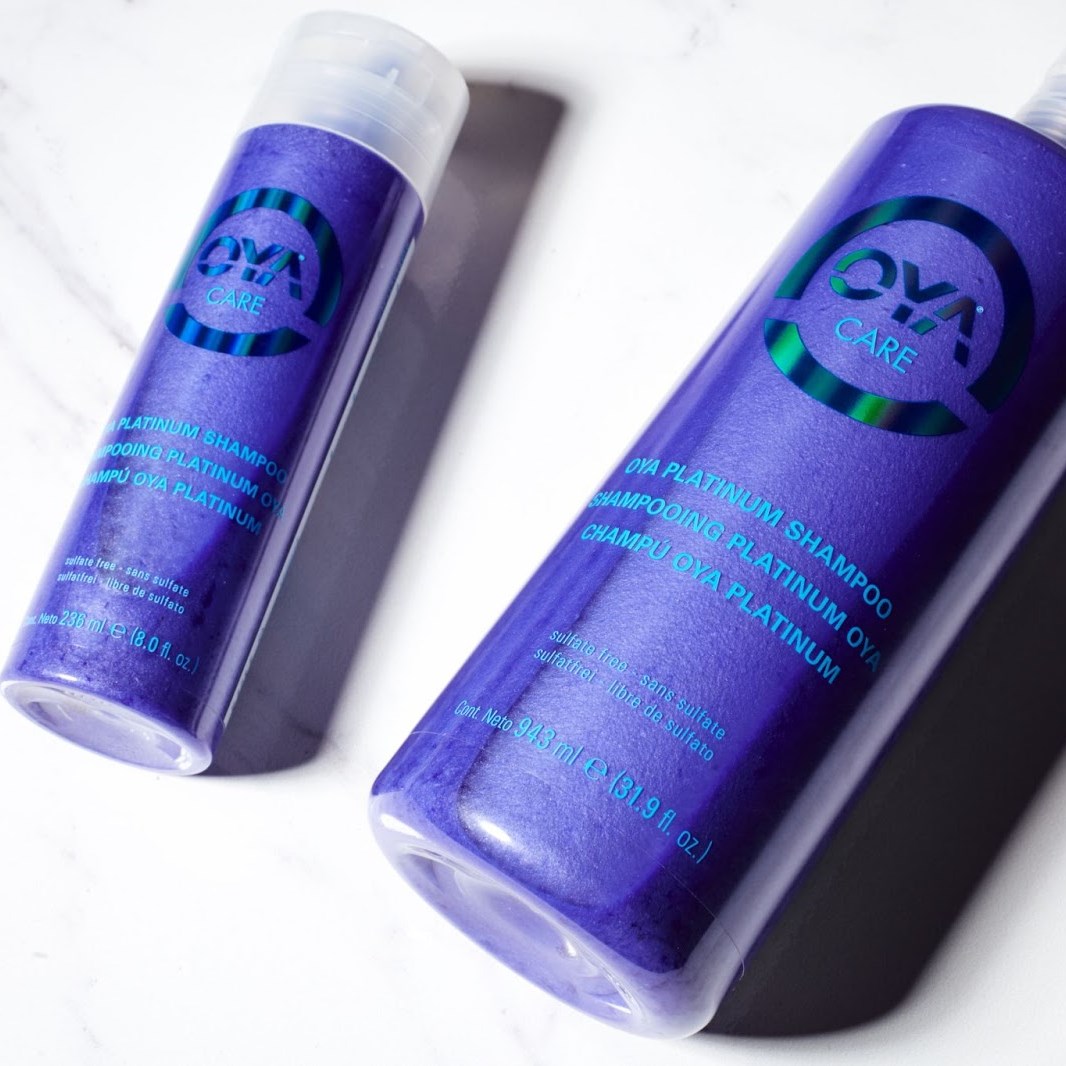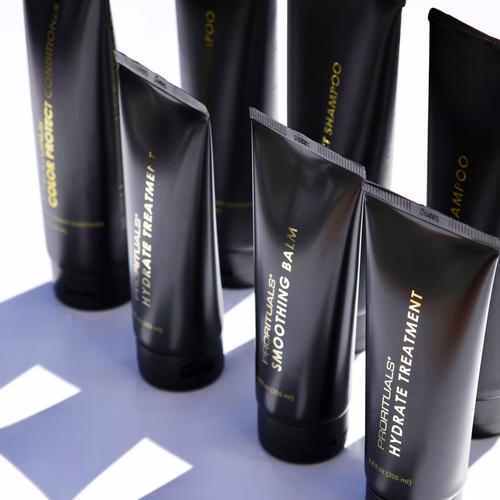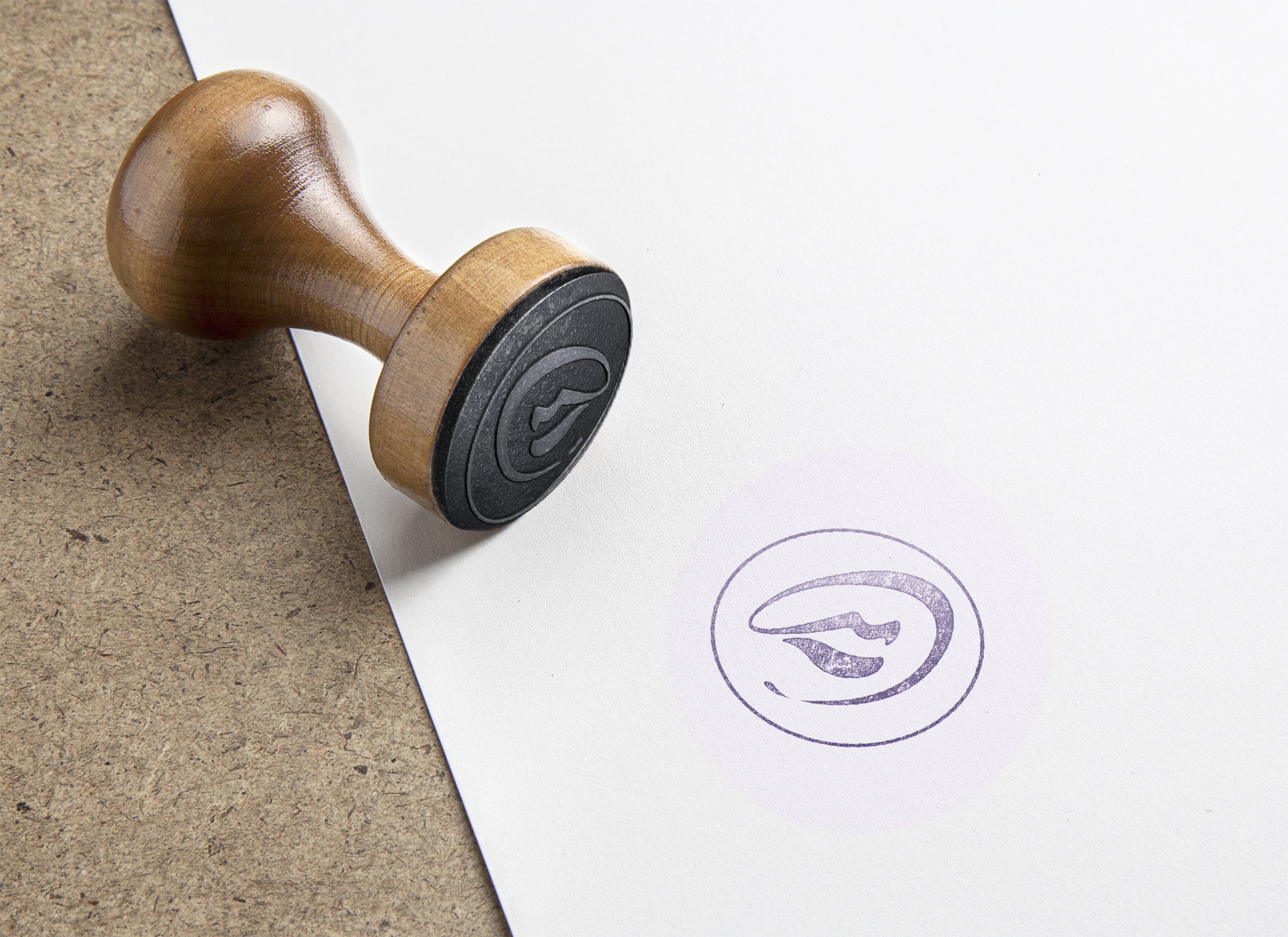Color Fading by Zone: Why Some Parts of the Head Lose Tone Faster
Ever wonder why a client's crown stays rich in tone while the ends look washed out—or why the front hairline turns brassy faster than the rest? Color fading isn’t always uniform, and it’s rarely random. In fact, different areas of the head naturally fade at different rates due to biology, daily habits, and environmental exposure.
Understanding zone-based fading helps stylists diagnose tonal shifts accurately, formulate more effectively, and schedule smarter maintenance plans. Here's what you need to know about how and why color fades by zone—and what to do about it.
The Key Zones (and What Affects Them)
1. Front Hairline
Why it fades faster:
-
Most exposed to sunlight and UV radiation
-
More frequent washing (clients focus cleansing here)
-
Higher heat exposure from styling tools
-
Often more porous from repeated color or lightening
How to adjust:
-
Use slightly cooler or deeper tones to compensate for early fade
-
Apply toner last to avoid overprocessing during rinsing
-
Recommend UV-protective products and hats for daily wear
2. Crown and Mid-Scalp Area
Why it holds color longer:
-
Protected from direct sun and friction
-
Natural scalp oils preserve pigment and prevent dehydration
-
Less shampoo agitation compared to front and nape
How to adjust:
-
Avoid overtone formulas here—it may appear too dark or saturated
-
Don’t assume this zone needs the same refresh schedule as others
-
Use lower saturation or dilute toner if ends and front have already faded
3. Nape and Back of Head
Why it fades inconsistently:
-
Often has denser hair, which lifts more slowly
-
Traps heat during processing (can cause uneven oxidation)
-
Clients may miss this area during washing or styling
How to adjust:
-
Watch for darker, warmer results—this zone may grab toner faster
-
Apply color or lightener with heavier saturation and slightly lighter target tone
-
Use consistent sectioning and processing control
4. Mid-Lengths and Ends
Why they fade fastest (especially in blondes and fashion tones):
-
Most porous from prior processing
-
Exposed to mechanical damage (brushing, friction)
-
Absorb color quickly, then release it just as fast
-
Lack of natural oils and protection
How to adjust:
-
Pre-treat with porosity equalizers or fillers before toning
-
Use acidic, non-lifting toners or glosses
-
Don’t always pull permanent color through—use demi-permanent or refresh-specific formulas
Environmental and Lifestyle Factors That Impact Zones
-
Sun Exposure: Clients who wear their hair up may expose new fade zones (e.g., neck or underside of layers)
-
Hot Tool Usage: Flat-ironing only the top layer? That’s where color fades first.
-
Shampoo Technique: Clients may scrub the front more aggressively than the back.
-
Water Quality: Hard water minerals tend to settle along the lower lengths and ends.
Tailoring your service to these external factors improves results and reduces premature fading complaints.
Customizing Color Based on Zone Behavior
Zone-toning isn’t just for corrective work—it’s ideal for maintaining even, natural-looking color over time.
-
Use more saturated, pigment-rich toner at the front and ends.
-
Apply lighter or more translucent formulas at the crown and back.
-
Time each zone independently during processing—don’t treat the head as a single canvas.



